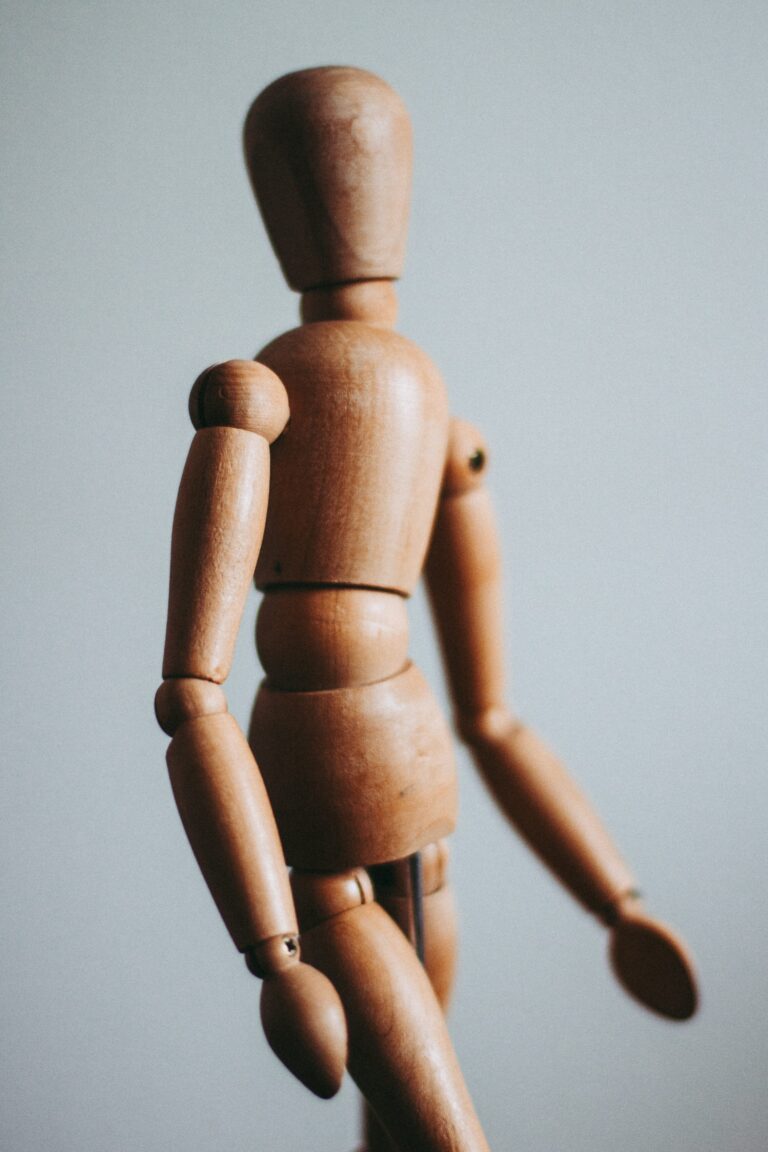
Tone of voice, facial movements, and body posture are all important. Each of these tells us a story. This article will share the secrets of body-language experts who can decipher these micro expressions.
What is nonverbal communication?
Nonverbal communication, which is communication without the use words and the transmission of messages, refers to the communication between one person and another. This includes everything from hand signals all the way to Body language to their physical appearance. However, body language can include signals such as Position, gestures and facial expressions. Eye movements. Which are expressed through our physical bodies.
Many of us have had moments when words failed to deliver. Sometimes, we feel too nervous, shy or overwhelmed by emotions to think or speak. These situations are called “anxiety, shyness, or overwhelm.” Nonverbal cues can speak for us. Communication is a two-sided process. Must read These are nonverbal expressions.
Here are some tips for reading people
1. Learn how to discern between positive and unfavorable body language.
It is common to divide body language into “Negative” and “positive”“. This could be a tense feeling in the body, or a lack of energy. common negative expression Stress, anger, and restlessness can all cause anxiety. Body relaxation, or a relaxed position, is a positive body language. It signals happiness and confidence.
2. Pay attention to your voice.
Depending on their mood, the person’s normal voice tone may change. When someone is sad, for example, their voice tends not to be as clear. This is because they speak at a slower tempo and lower octave. Happiness is indicated by faster, more energetic and joyful sounds.
3. Pay attention to what you are breathing.
A person who is angry may blush. Rapid breathing is the most common cause of this reaction.
When you fight with someone, your brain releases neurotransmitters or hormones. Cortisol follows. This causes your blood pressure to rise and your heart rate to increase, which can cause your breathing to become faster and more rapid.
4. Take a look at the curl in the fingers of the person.
Yes, it’s true. Although this may sound odd, According to your body Blanca Cobb is a language expert who says that when someone’s fingers bend slightly, it makes them feel more comfortable. “Long, stretched fingers are not something we do. It would be odd. Cobb says that natural flexion of the fingers and no tension is a sign that the person is feeling well.
5. You can see which way they are leaning.
People who are interested in you and the conversation may be inclined to lean forward if they feel that you are interesting. Scott Rouse, a behavioral analyst, says that dating leads to a gradual decrease in distance between them.
If the person feels disinterested or scared, they may be inclined to lean back. When this happens, it is crucial to look at all the clues.
6. Consider how you see things.
Some people can stretch their fingers when they are in stressful situations. Others can tighten their grip or ball their hands. He may tighten his grip on a glass he already holds. This means that the The body has suppressed its energy This must be released.
7. Pay close attention to their movements.
This could indicate anxiety if the person is moving or fidgeting more than normal. Rouse says that symptoms of tension include shaking the foot or leg, chewing gum, clenching their hands and, sometimes, tics or nerve twitches.
Breathing becomes shallower, and the head or hand movements become more irregular and rapid. This can all vary depending on how much tension is present.
8. Pay attention to the subtleties of your smile.
A smile is a sign that a person is happy. It might be, or it may not. David Matsumoto, a body language expert, says that there are many kinds of smiles.
- Duchenne: This smile conveys a sincere, positive, and genuine feeling. It is easy to spot because your teeth are visible and the expression reaches your eyes.
- Social: This is also known as the participatory smile. It communicates kindness, friendship and a sense of happiness rather than sincere joy. The expression is usually not seen and does not reach the eyes.
- Dominant: This unsymmetrical smile can be mistaken for a fake smile. Only one side of your mouth is raised upwards. This smile can be used to show self-confidence and kindness to the other person.
9. The big picture is important.
Our last The most important tip. The first step can be helped by looking at facial expressions, but it is not a rule that these expressions will always be right.
We try to hide the emotion we are feeling. This is when our tone of voice, body language, and other clues are used to hide our emotions. When you are feeling unsure, it is important to be clear. Try to understand the emotions of someone. You must pay attention to the whole picture. This means that you must look beyond facial expressions to see the bigger picture.
Why is context so important?
Environment affects behavior. If the context isn’t considered, nonverbal cues may be misinterpreted. Crossing your arms in a particular situation, such as when you’re angry or resistive, can indicate a lack of confidence and strength. Don’t forget to assess everything around you.
Misplaced emotions and actions can be caused by assumptions about the body language of another person. Particularly when someone assumes that they are dating. “A Hello A smile does not necessarily mean someone is pursuing you. Cobb says it can be a more amiable approach.”
You should ask questions to clarify any situation you aren’t sure of before you act.